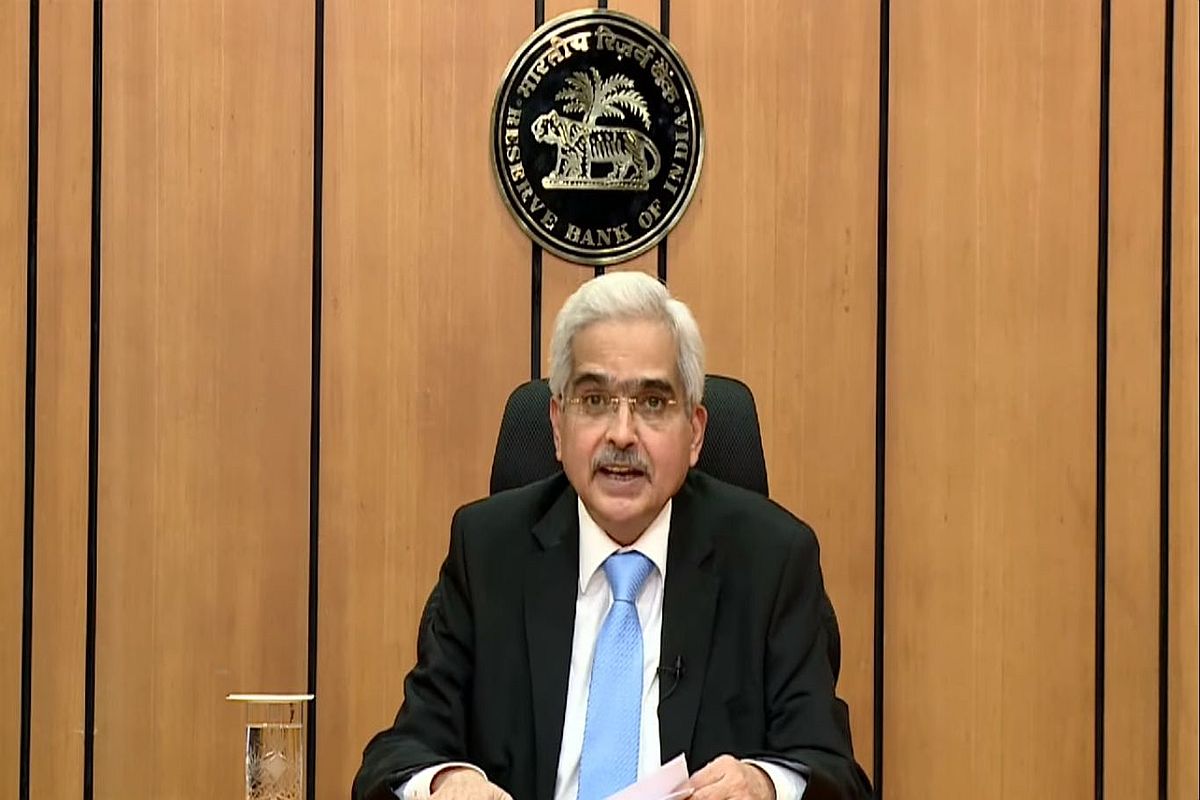A resilient bank needs to be financially, operationally and organisationally resilient and should have adequate capital buffers to be able to generate earnings even in times of severe macroeconomic shocks, said Reserve Bank of India governor Shaktikanta Das, adding that it has started looking at the business models of banks more closely.
“It (a resilient bank) should also have adequate liquidity to meet its obligations in various situations. Therefore, financial resilience is closely linked to a bank’s business model and strategy. The Reserve Bank has, therefore, started looking at the business models of banks more closely,” Das said. Governor Das was addressing a conference on ‘Financial Resilience’ organised by the College of Supervisors in Mumbai.
Advertisement
In the context of the recent banking sector instability in the US and Europe, Das said there is now a renewed focus on issues of financial resilience and stability.
Das added Indian banking system has remained resilient and has not been affected adversely by the recent crisis seen in the advanced economies.
One of the most prominent lenders in the world of technology startups, Silicon Valley Bank, which was struggling, collapsed on March 10, after a run on the bank by the depositors. Its closure led to a contagion effect and the subsequent shutting down of other banks.
Regulators and governments across the world are now looking at these aspects with greater intensity.
“The financial sector in a country and the individual entities therein like banks, non-banking financial companies (NBFCs) and other entities have to be resilient at all times. They should have the inner strength to withstand even the most stressful times.”
In India, he said RBI significantly strengthened its regulations and supervision of banks and other regulated entities in recent years.
“This historical function of providing emergency liquidity assistance to banks and other financial market institutions necessitates that central banks keep a close watch on banks and financial markets for signs of instability, if any,” Das said.
“Aspects or deficiencies in the business model itself can spark a crisis in due course. We have not only prescribed regulatory norms for capital adequacy and liquidity ratios, but even gone beyond to nudge banks to build up capital buffers in good times and times of plenty,” he said referring to what it did during the Covid-19 pandemic when there was plenty of liquidity.
Separately, the Ministry of Finance too recently echoed similar view about India’s banking system.
The Ministry of Finance in its monthly review report put out on Tuesday stated that the recent collapses of a few banks in the US and Europe on the back of the ongoing monetary policy tightening cycle — primarily due to interest rate hikes — posed questions to policymakers on the vulnerability in financial systems, particularly in emerging market economies (EMEs).
The review report put on Tuesday categorically stated that India’s banking system is considerably less prone to such incidents.
“A discussion of what caused the collapses overseas is beyond our remit but we will confine to restating the factors that make the Indian banking system considerably less prone to such developments in the near-to-medium term future,” the report said.











